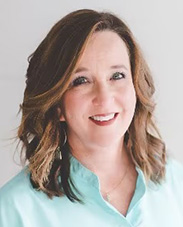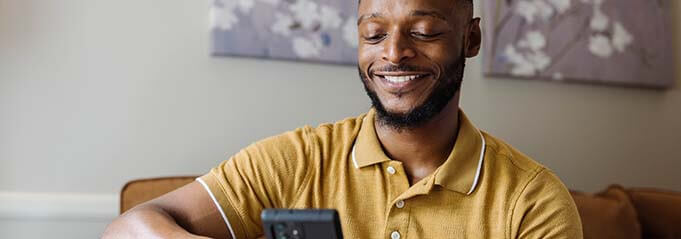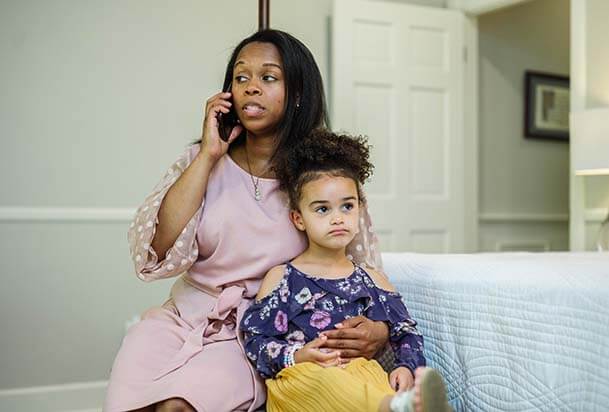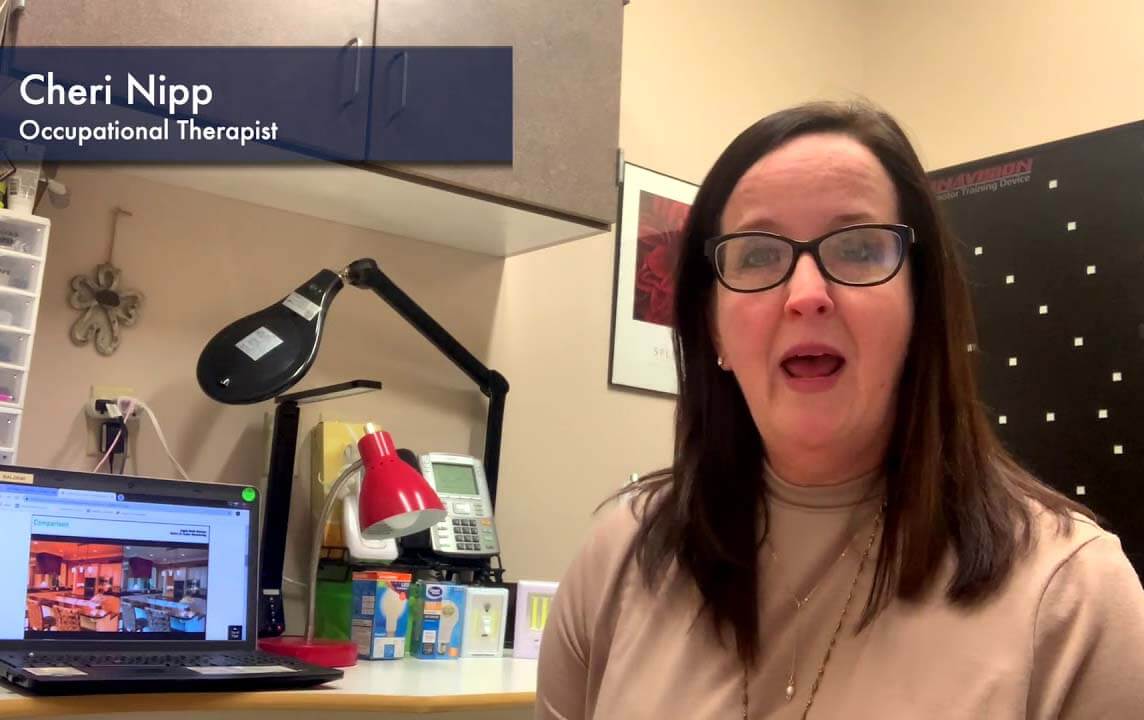

Feb 03 2022
Light it Up


Summary
Ambient and task lighting can help those with low vision.
Two types of lighting can help those with low vision:
- Ambient (overhead lighting)
- Task (lighting you use for reading, a project or craft activity)
You will find many different kinds of lighting in the lighting section of your local store. What I typically recommend are the LED light bulbs. They are usually long lasting and energy efficient. LED bulbs do not emit heat from the front of the bulb, so they make great lighting for tasks.
When you are talking about light bulbs, color is very important for individuals with vision loss. In the lighting section of a store, you will be overwhelmed by the options, but it comes down to these options:
- Soft (or warm) light has more of a yellow tint
- Cool (or bright) light
- Daylight (brighter white)
Daylight bulbs are typically the best for helping people with low vision see tasks better. Daylight is very bright and serves much better in rooms where you are reading and using your vision, such as kitchens, bathrooms, closets (to determine color), offices or anywhere you are needing to use your vision more effectively.
Lights with shades tend to lose some of the property of the light. It is best to use a light where you can direct or focus the light toward your task.
What do the numbers on a light bulb box mean?
The watts are not as important as the lumens. A 100-watt light bulb equals 1500 lumens. Lumens represent the brightness of the bulb. Bulbs with 75-100 watts are best for ambient (overhead) lighting. Bulbs with 40-60 watts are best for task lights.
Look at the lumens. Whereas a flashlight is typically 200-250 lumens, a 40-60 watt bulb is typically 800 lumens.


Cheri Harbour, MS, OTR/L, SCLV
Cheri Harbour, MS, OTR/L, SCLV, is an occupational therapist who provides Low Vision Rehabilitation at the North Mississippi Medical Center Retina Center in Tupelo. Cheri holds a master’s degree in occupational therapy and a graduate certificate in low vision from the University of Alabama in Birmingham. In 2014, she received her specialty certification in low vision rehabilitation from the American Association of Occupational Therapy—making her one of only two occupational therapists in Mississippi with this certification. Cheri sees patients by referral from their eye care or health care provider.
Call 1-800-THE DESK (1-800-843-3375) to make an appointment with an ophthalmologist. Referral is required for most appointments with the NMMC Retina Center and for Low Vision Therapy. For more information, call (662) 377-3340 during office hours.

Subscribe to Our Newsletter
Like this content and want to get more? Sign up for True North, the health and wellness newsletter from North Mississippi Health Services!

Subscribe to Our Newsletter
Like this content and want to get more? Sign up for True North, the health and wellness newsletter from North Mississippi Health Services!

Nurse Link®
Call 1-800-882-6274 anytime to speak directly to a registered nurse and get immediate answers. Using computerized medical protocols, nurses direct callers to the most appropriate medical treatment. Our nurses are available 24 hours per day, seven days per week.
